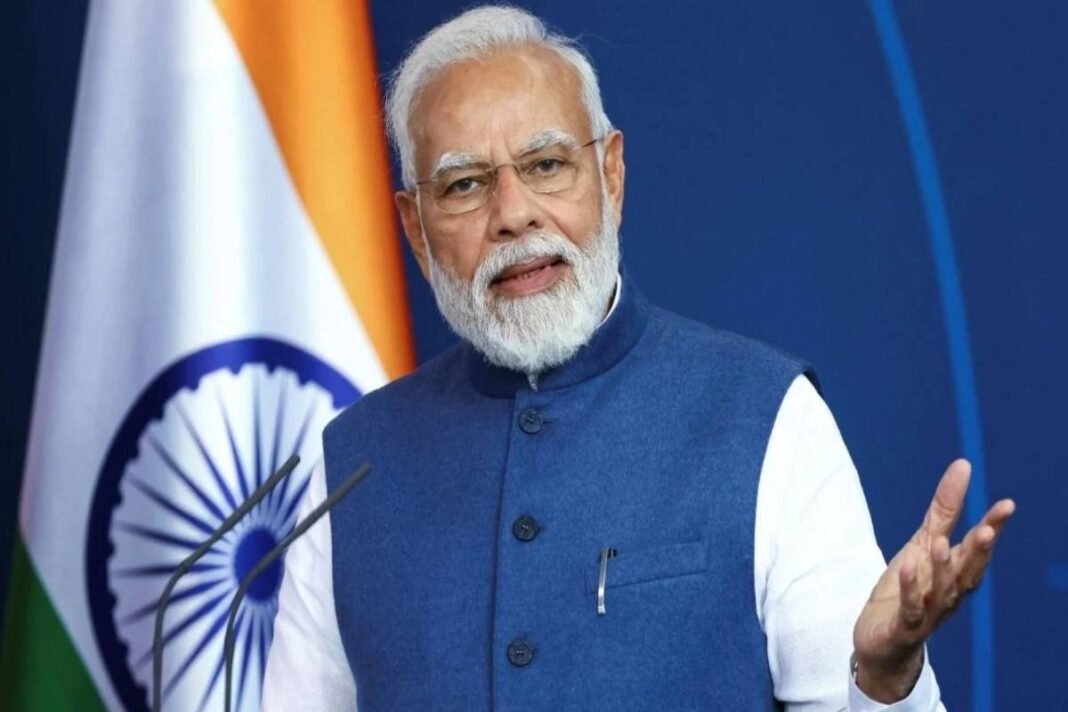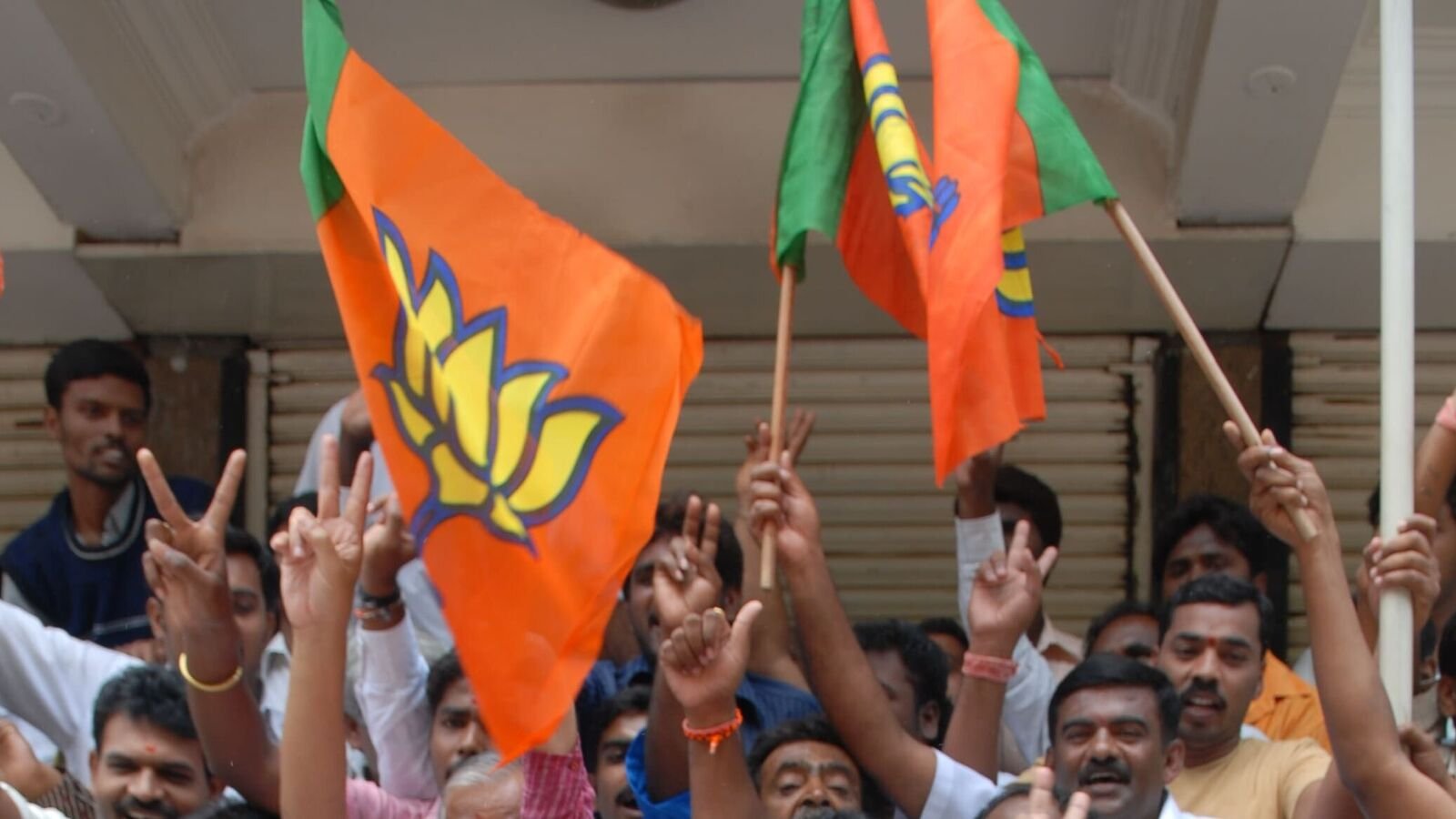By: M.R.Lalu
What makes India’s electioneering a monumental surprise is its unpredictability. You do not know what will happen the next moment. There are no permanent friends and enemies and nobody knows who would be the next stowaway comfortably hiding to cross jump ships. But when the Bharatiya Janata Party (BJP) President Rajnath Singh announced Narendra Modi as its prime ministerial candidate on 13 September 2013 it was not unpredictable. There was already the mist of speculation emanating from the ravines of India’s political landscape. Everybody in the BJP and in the opposition camps began to sense the emergence of Modi as a contender for the post of Prime Minister and brand Modi’s Gujarat model was deliberately made a topic of discussion. The only confusion that persisted was about his ability to drag the country’s population into ‘the new thinking, new hope’ version of new politics that he declared in one of his press meets. But later, India was to march with the ‘Modified’ version of Indian politics and administration; perhaps you would call it the most articulative period of India’s electoral politics. The surprise element is seemingly getting more pronounced, at least for his opponents, who failed to cut paths to bypass Modi’s popularity. He is the most popular outsider in Delhi who hailed from humble beginnings and successfully captured the minds of the electorate by winning all popular parameters of political superstardom and still unstoppable for a decade.
The anti corruption crusade setup by the Anna Hazare camp came as a drizzle in the desert as Modi prepared for the elections 2014 and his political prominence began to grow enormously nationally when all the narratives failed to demonise him for the 2002 Gujarat riots. Any leader in his place could have been emotionally crippled, ideologically paralysed and socially alienated. But Modi withstood the political storm which blew westward when he was engrossed in building his state Gujarat that had choked under the ravages of a deadly earthquake. When the earthquake shattered the hopes of the state in 2001, a few months later, the new Chief Minister of the state was struggling to build it brick by brick and then came the gruesome Godhra train carnage and the aftermath tremor of violence throwing the state into a deep turmoil. Restructuring of Gujarat was a tough task that the Modi regime had handled effortlessly. His victories since then have been historical and the spiteful narratives his opponents began to shriek louder against him have been blissfully swallowed and he waited for appropriate occasions to react and intelligently turned the wind in favour of him.
To his ideological parent, the Rashtriya Swayamsevak Sangh (RSS), the emergence of the Modi persona beyond its restricted flying space was not a subject of adulation. But Modi’s popularity as a leader of mass support has been a helping factor for the Sangh to establish its lost base in various areas. This was because Narendra Modi was the only Prime Minister, who in many occasions proudly spelt out vocabularies venerating the Sangh. He never hesitated to narrate his umbilical connection with the Sangh. This has attached more respect, acceptance and accolades to the Sangh which otherwise was normally prosecuted in the media for its heavy Hindutva philosophy. Ever since the coronation of the first Modi regime, thousands of Sangh shakhas were revived and many units were newly formed across the country. The Modi incarnation in the national politics could catapult its prospects manifold to a spectacular extent with more people idolizing its efforts and workers.
Modi’s audacity in building the world’s largest statue, a dedication to Sardar Vallabhbhai Patel, who banned the Sangh after the assassination of Mahatma Gandhi, was probably a step to establish his personal brand of ideology that he must have thought to launch outside the Sangh Parivar framework. The present scenario is evocative of the fact that more than anyone, it is the Sangh, the machinery that would seek to tap fortunes from the Modi regime. The Sangh has obviously been a force that toiled hard to establish its political wing the Bharatiya Jana Sangh (BJS) since 1951. The political transition of the BJS to BJP had been an awesome creation that the Sangh with its cultural intelligence had managed to chisel out.
Systematically highjacking Mahatma Gandhi from the Congress camp, Modi began to launch governmental initiatives in the name of the Mahatma and his demeanour to focus on the Gandhian way of societal progress was a brilliant move to belittle the Congress’ stake on the Father of the Nation. Prioritising nationalism as its initial plank to progress, the BJP with the Sangh stretching its helping hands has progressed to its enormous stature of the day but the imagery that the Modi persona could transform the saffron ideology into, should be seen as an outcome of his ideological transparency, organisational expertise and personal humility. Sliding away from its aggressive Hindutva, the party under Modi could now transform the emotions of a large chunk of the Indian voters in its favour.
Emerging as a serious contender to thwart the dominance of the Congress, the BJP since 2014 could almost nullify the coalition form of power politics. Effectively redefining the Hindutva philosophy by allocating enough space to accommodate nationalistic principles, the consistent transmutation of the saffron party under the Modi regime makes it an immortal phenomenon. To counter the narratives that the BJP sets to materialise its electoral success before every election, its detractors would need substantial and convincing ideological stuff. To present itself as a serious contender to the Modi fiefdom, the Aam Aadmi Party’s efforts to frame saffron narratives lack sincerity and so far, the emergence of the AAP as a distant shadow doesn’t trouble the BJP’s prospects. Modi has already scaled the unshakeable heights of the Hindutva’s political legacy leaving maximum parties far behind. A third term for Modi in 2024 is almost certain and the colossal makeover of the Modi phenomenon would be a subject of study for the world community when leaders fall into perils without being able to garner the popular public support in countries where almost one tenth of India’s population determines their political fortunes. Modi’s indomitability is an unpleasant challenge to many in India which they never hesitate to hide. But the Modi magic is on, mainstreaming the country’s cultural heritage and popularising India’s political might. (The author is a freelance journalist & the author of the book, (India @75-A Contemporary Approach. He can be reached at mrlalu30@gmail.com)







